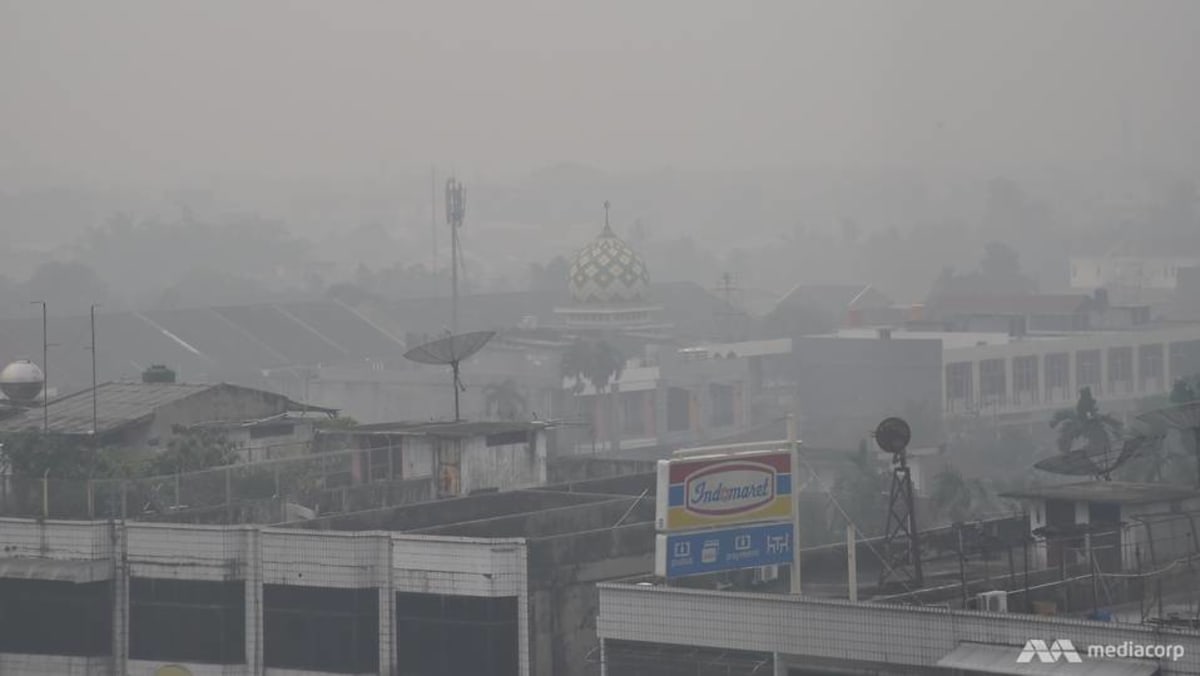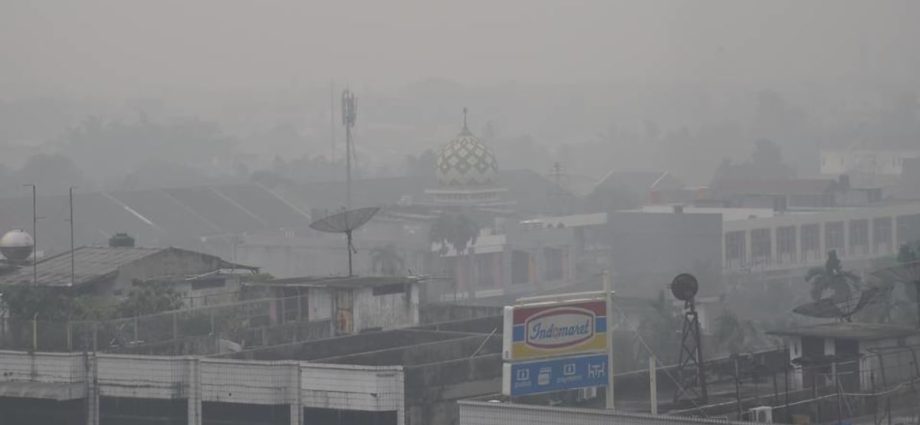
SINGAPORE: Indonesia is “preparing very well” for the possibility of transboundary haze this year, said Indonesia’s coordinating minister for maritime and investment affairs Luhut Binsar Pandjaitan on Tuesday (Jun 6).
“We have climate modification technology. This is (so) we can make early rain in order to prepare a pond, so we have enough water to stop a fire,” Mr Luhut told reporters at the sidelines of the Ecosperity Week 2023 conference held at Singapore’s Marina Bay Sands.
When asked about the haze issue, he said: “Haze is not really an issue anymore, I believe.”
Haze in the Southeast Asian region due to forest fires in Indonesia has been a perennial problem over the past decades. In 2013, large-scale burning in many parts of Sumatra and Borneo led to a haze crisis that affected several countries, including Singapore, Malaysia, Brunei and Thailand.
The three-hour pollutant standards index (PSI) in Singapore hit a record 401 in June of that year, leading to a rush to stock up on N95 masks. The haze situation in Malaysia reached its worst since 2005.
In September 2015, which was also an El Nino year, the 24-hour PSI crossed the hazardous mark in Singapore.
Last week, the Meteorological Service Singapore forecasted El Nino conditions as well as a positive Indian Ocean Dipole to develop in the second half of the year. This would increase the risk of transboundary haze affecting Singapore and the region due to warmer and drier conditions, it added.
The ASEAN Specialised Meteorological Centre also recently flagged a higher risk of haze in the southern ASEAN region between June and October this year.
During the last strong El Nino event in 2015/2016, Singapore’s total rainfall from June to September 2015 was about 35 per cent below the long-term average.

